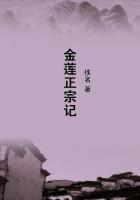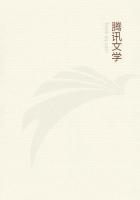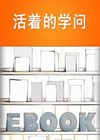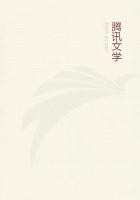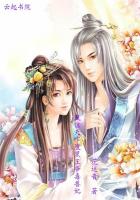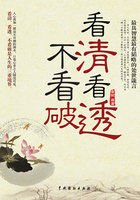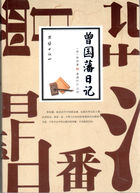Equally in the history of science and of medicine, 1542 is a starred year, marked by a revolution in our knowledge alike of Macrocosm and Microcosm. In Frauenburg, the town physician and a canon, now nearing the Psalmist limit and his end, had sent to the press the studies of a lifetime--"De revolutionibus orbium coelestium." It was no new thought, no new demonstration that Copernicus thus gave to his generation. Centuries before, men of the keenest scientific minds from Pythagoras on had worked out a heliocentric theory, fully promulgated by Aristarchus, and very generally accepted by the brilliant investigators of the Alexandrian school; but in the long interval, lapped in Oriental lethargy, man had been content to acknowledge that the heavens declare the glory of God and that the firmament sheweth his handiwork. There had been great astronomers before Copernicus.
In the fifteenth century Nicholas of Cusa and Regiomontanus had hinted at the heliocentric theory; but 1512 marks an epoch in the history of science, since for all time Copernicus put the problem in a way that compelled acquiescence.
Nor did Copernicus announce a truth perfect and complete, not to be modified, but there were many contradictions and lacunae which the work of subsequent observers had to reconcile and fill up.
For long years Copernicus had brooded over the great thoughts which his careful observation had compelled. We can imagine the touching scene in the little town when his friend Osiander brought the first copy of the precious volume hot from the press, a well enough printed book. Already on his deathbed, stricken with a long illness, the old man must have had doubts how his work would be received, though years before Pope Clement VII had sent him encouraging words. Fortunately death saved him from the "rending" which is the portion of so many innovators and discoverers. His great contemporary reformer, Luther, expressed the view of the day when he said the fool will turn topsy-turvy the whole art of astronomy; but the Bible says that Joshua commanded the Sun to stand still, not the Earth. The scholarly Melanchthon, himself an astronomer, thought the book so godless that he recommended its suppression (Dannemann, Grundriss). The church was too much involved in the Ptolemaic system to accept any change and it was not until 1822 that the works of Copernicus were removed from the Index.
VESALIUS
THE same year, 1542, saw a very different picture in the far-famed city of Padua, "nursery of the arts." The central figure was a man not yet in the prime of life, and justly full of its pride, as you may see from his portrait. Like Aristotle and Hippocrates cradled and nurtured in an AEsculapian family, Vesalius was from his childhood a student of nature, and was now a wandering scholar, far from his Belgian home. But in Italy he had found what neither Louvain nor Paris could give, freedom in his studies and golden opportunities for research in anatomy.
What an impression he must have made on the student body at Padua may be judged from the fact that shortly after his graduation in December, 1537, at the age of twenty-four, he was elected to the chair of anatomy and surgery. Two things favored him--an insatiate desire to see and handle for himself the parts of the human frame, and an opportunity, such as had never before been offered to the teacher, to obtain material for the study of human anatomy. Learned with all the learning of the Grecians and of the Arabians, Vesalius grasped, as no modern before him had done, the cardinal fact that to know the human machine and its working, it is necessary first to know its parts--its fabric.
To appreciate the work of this great man we must go back in a brief review of the growth of the study of anatomy.
Among the Greeks only the Alexandrians knew human anatomy. What their knowledge was we know at second hand, but the evidence is plain that they knew a great deal. Galen's anatomy was first-class and was based on the Alexandrians and on his studies of the ape and the pig. We have already noted how much superior was his osteology to that of Mundinus. Between the Alexandrians and the early days of the School of Salernum we have no record of systematic dissections of the human body. It is even doubtful if these were permitted at Salernum. Neuburger states that the instructions of Frederick II as to dissections were merely nominal.
How atrocious was the anatomy of the early Middle Ages may be gathered from the cuts in the works of Henri de Mondeville. In the Bodleian Library is a remarkable Latin anatomical treatise of the late thirteenth century, of English provenance, one illustration from which will suffice to show the ignorance of the author. Mundinus of Bologna, one of the first men in the Middle Ages to study anatomy from the subject, was under the strong domination of the Arabians, from whom he appears to have received a very imperfect Galenic anatomy. From this date we meet with occasional dissections at various schools, but we have seen that in the elaborate curriculum of the University of Padua in the middle of the fifteenth century there was no provision for the study of the subject. Even well into the sixteenth century dissections were not common, and the old practice was followed of holding a professorial discourse, while the butcher, or barber surgeon, opened the cavities of the body. A member of a famous Basel family of physicians, Felix Plater, has left us in his autobiography[19] details of the dissections he witnessed at Montpellier between November 14, 1552, and January 10, 1557, only eleven in number. How difficult it was at that time to get subjects is shown by the risks they ran in "body-snatching" expeditions, of which he records three.

